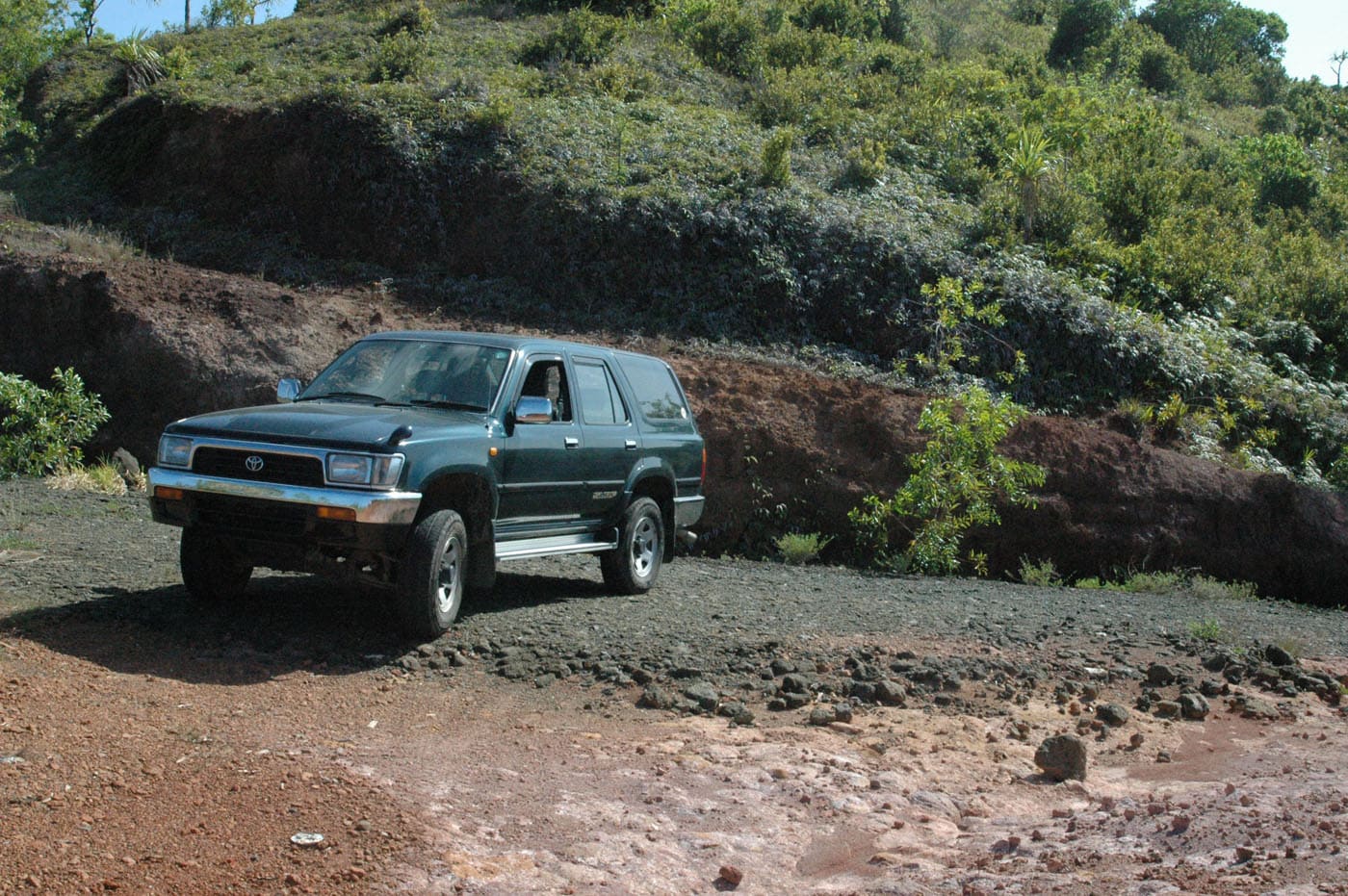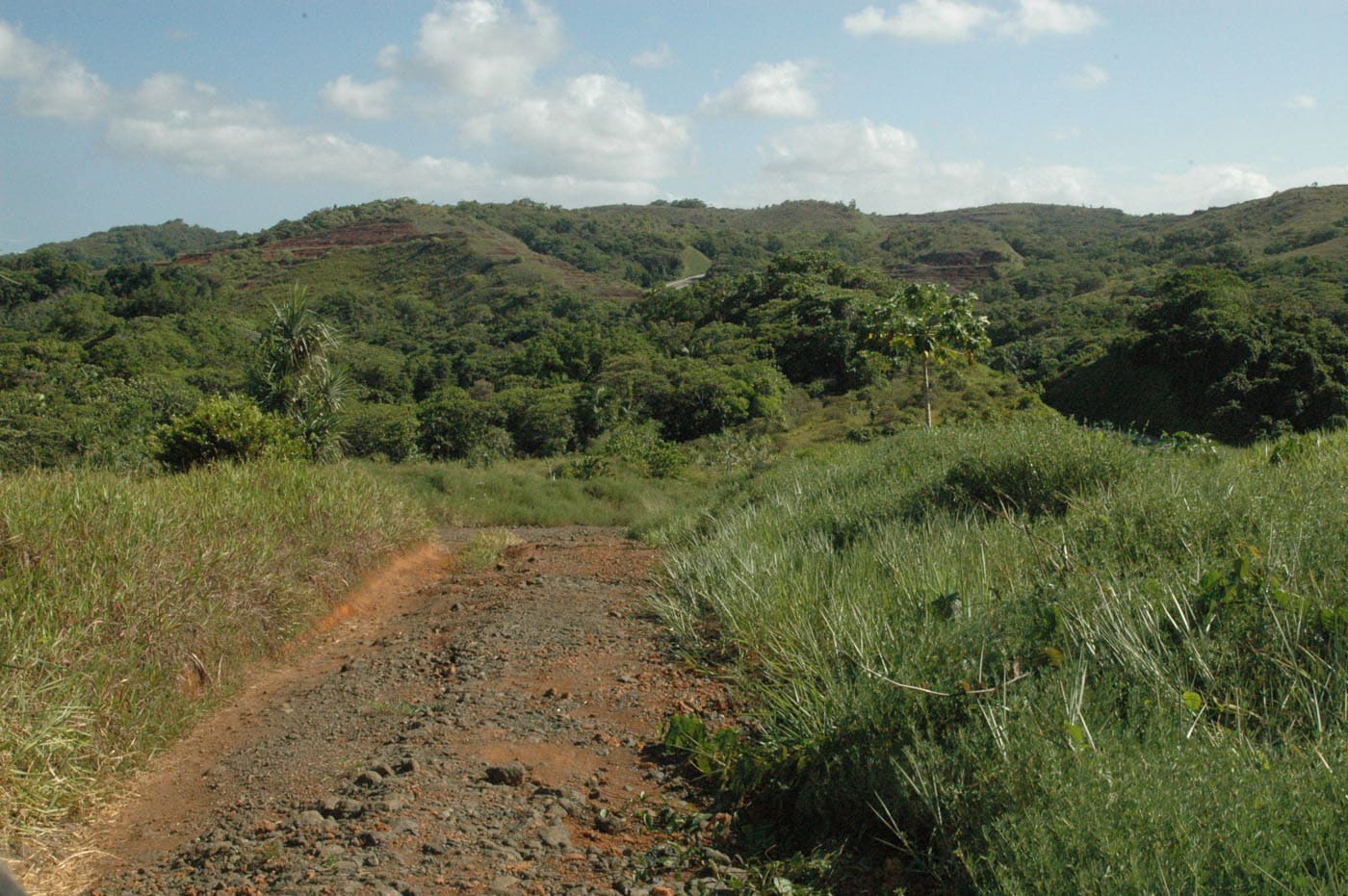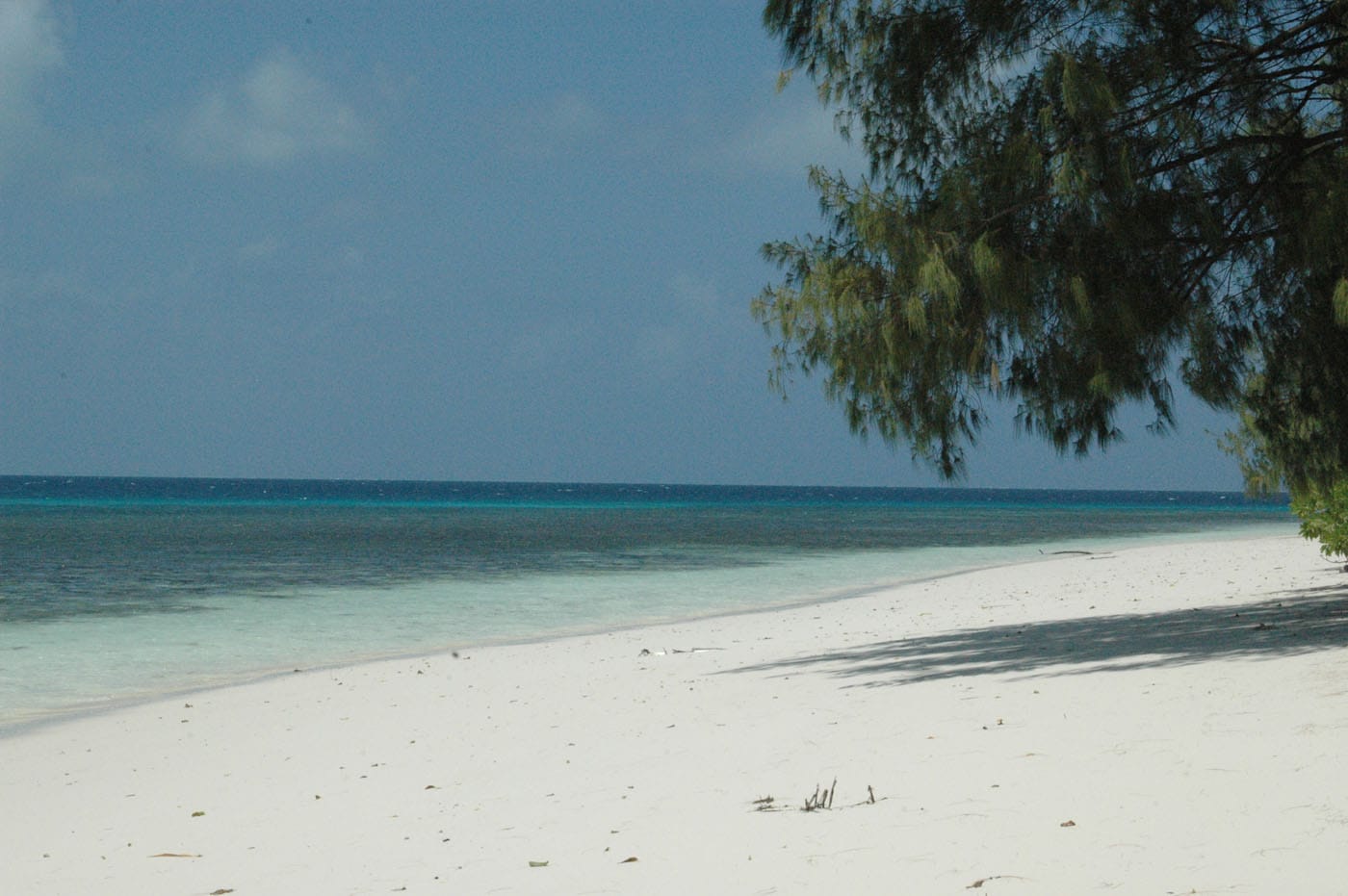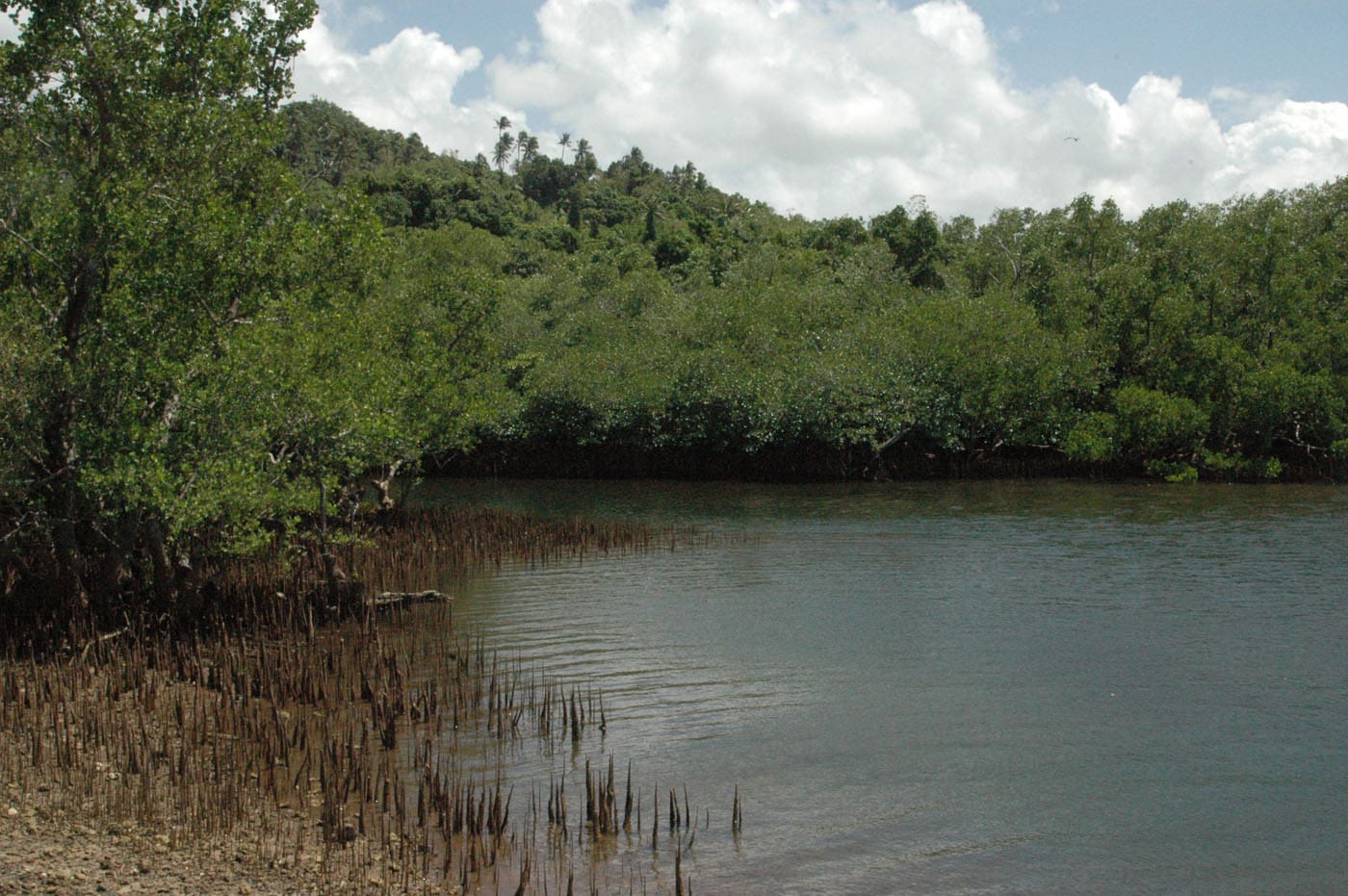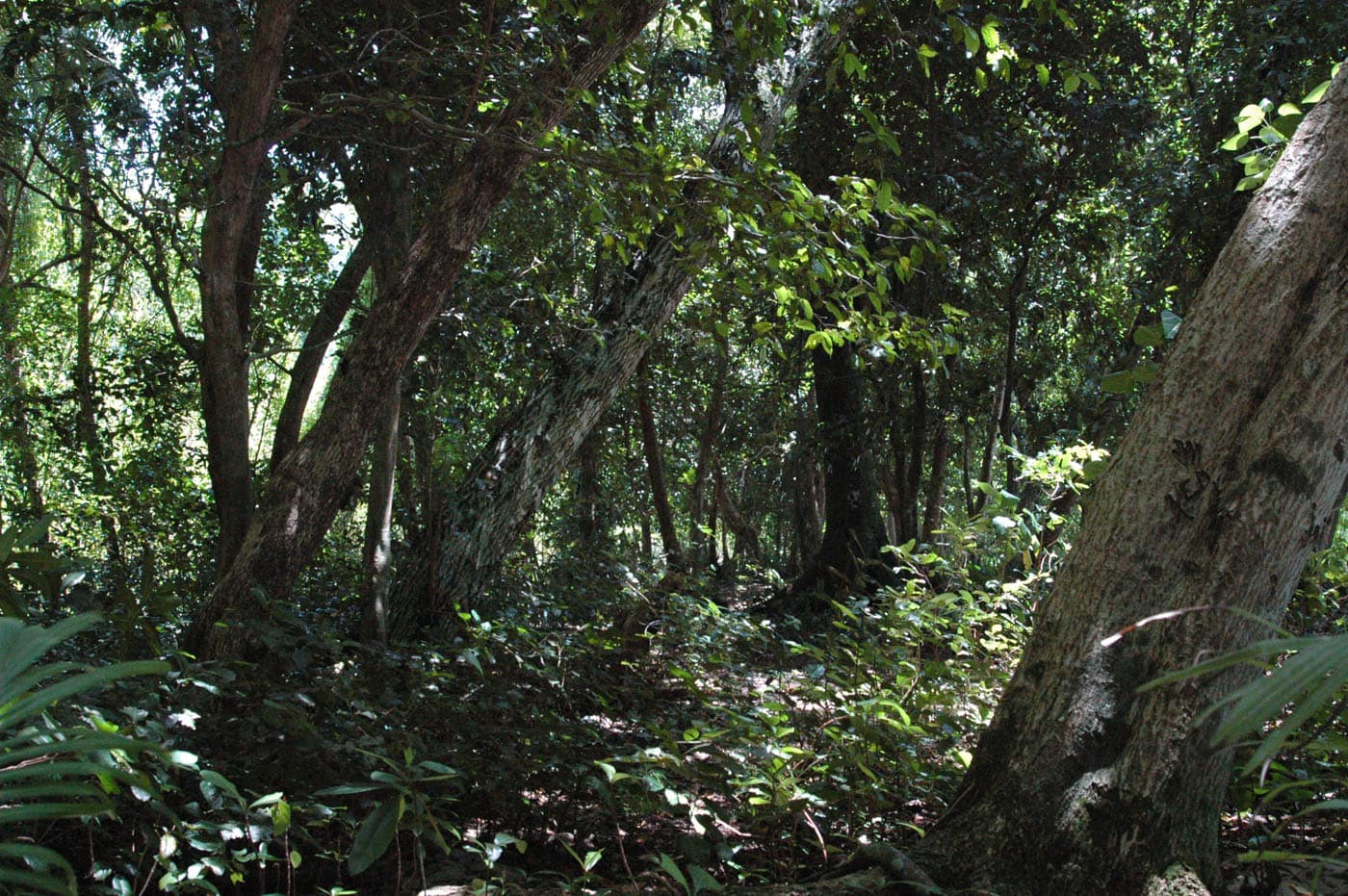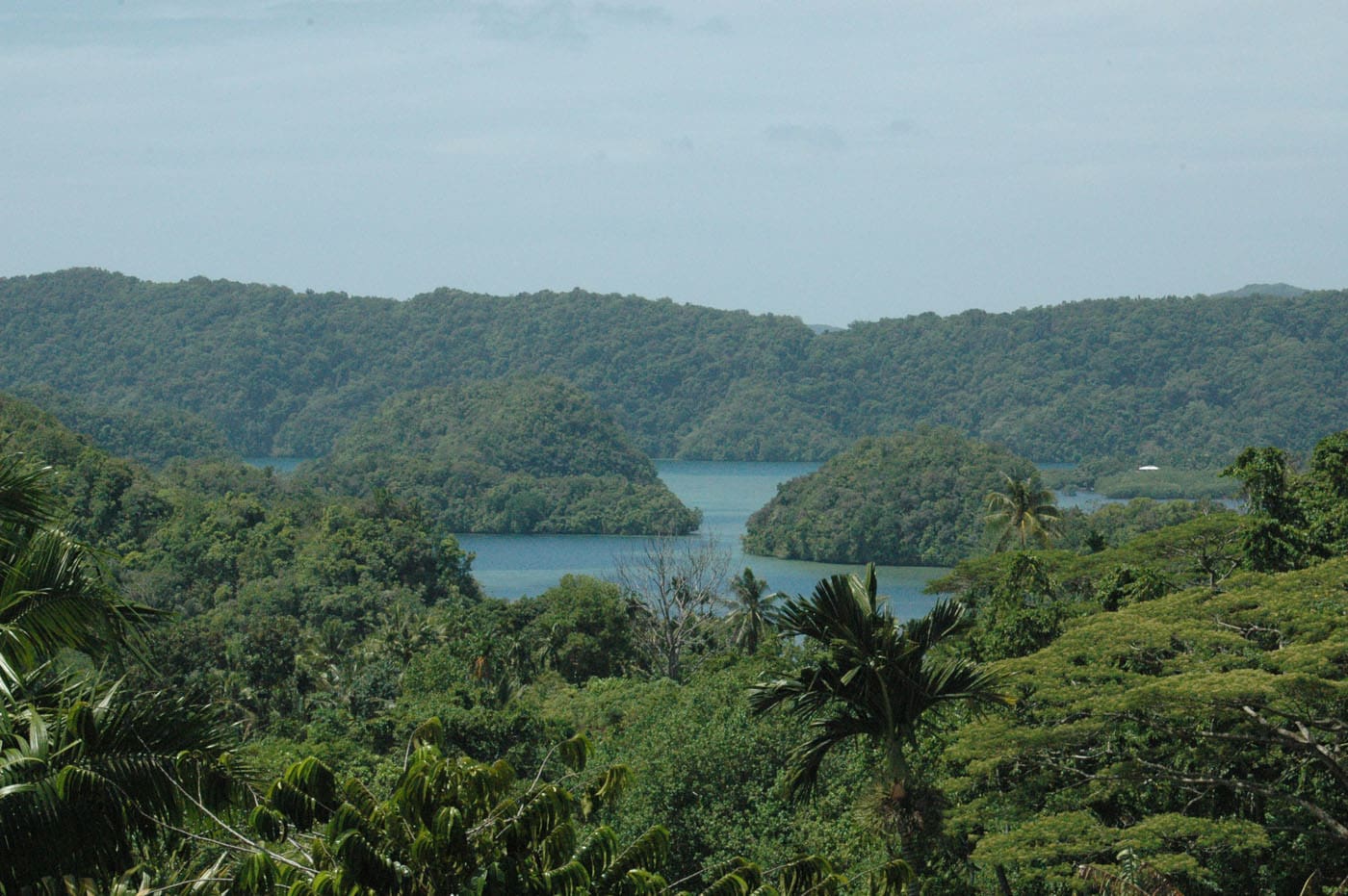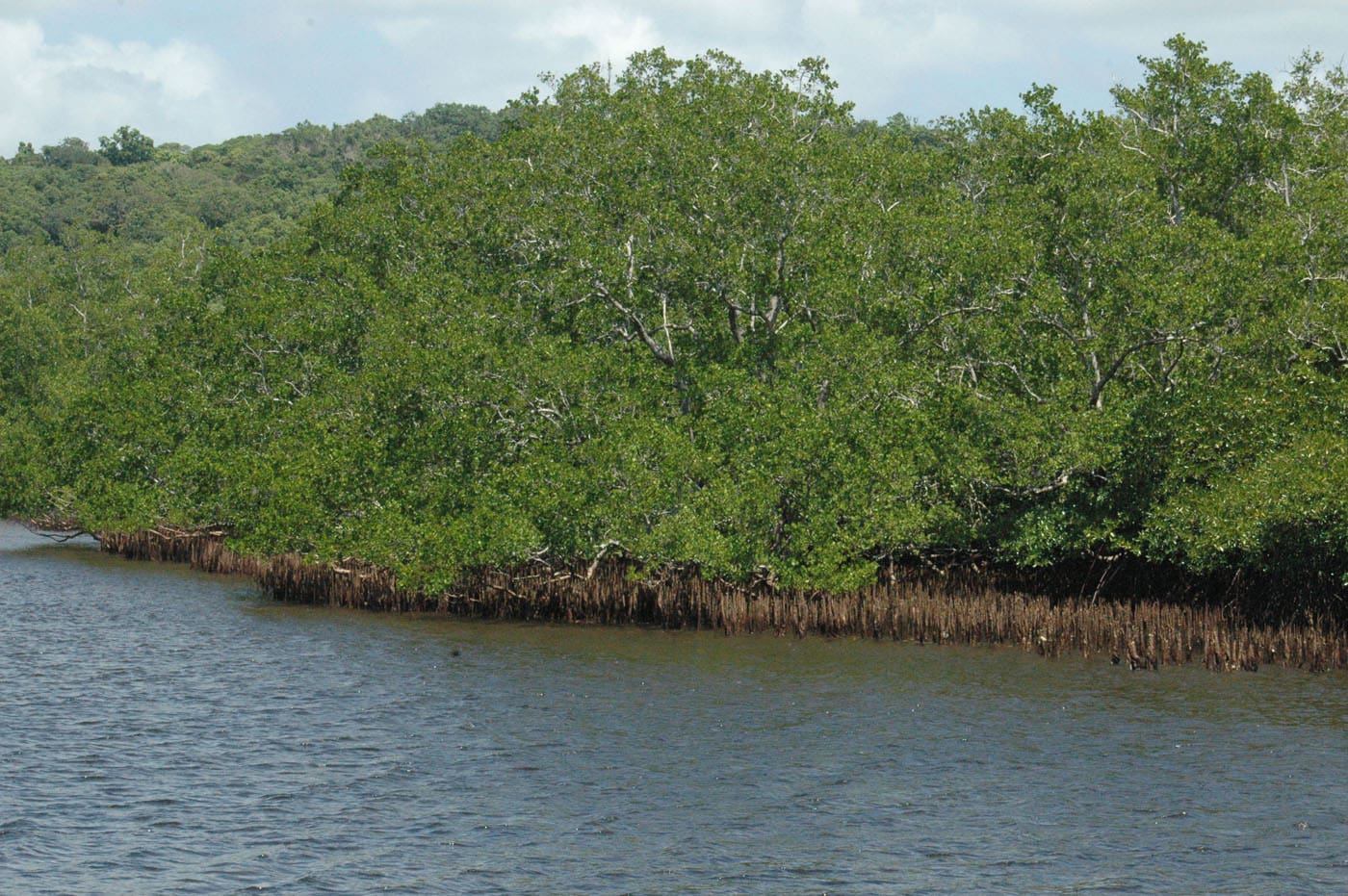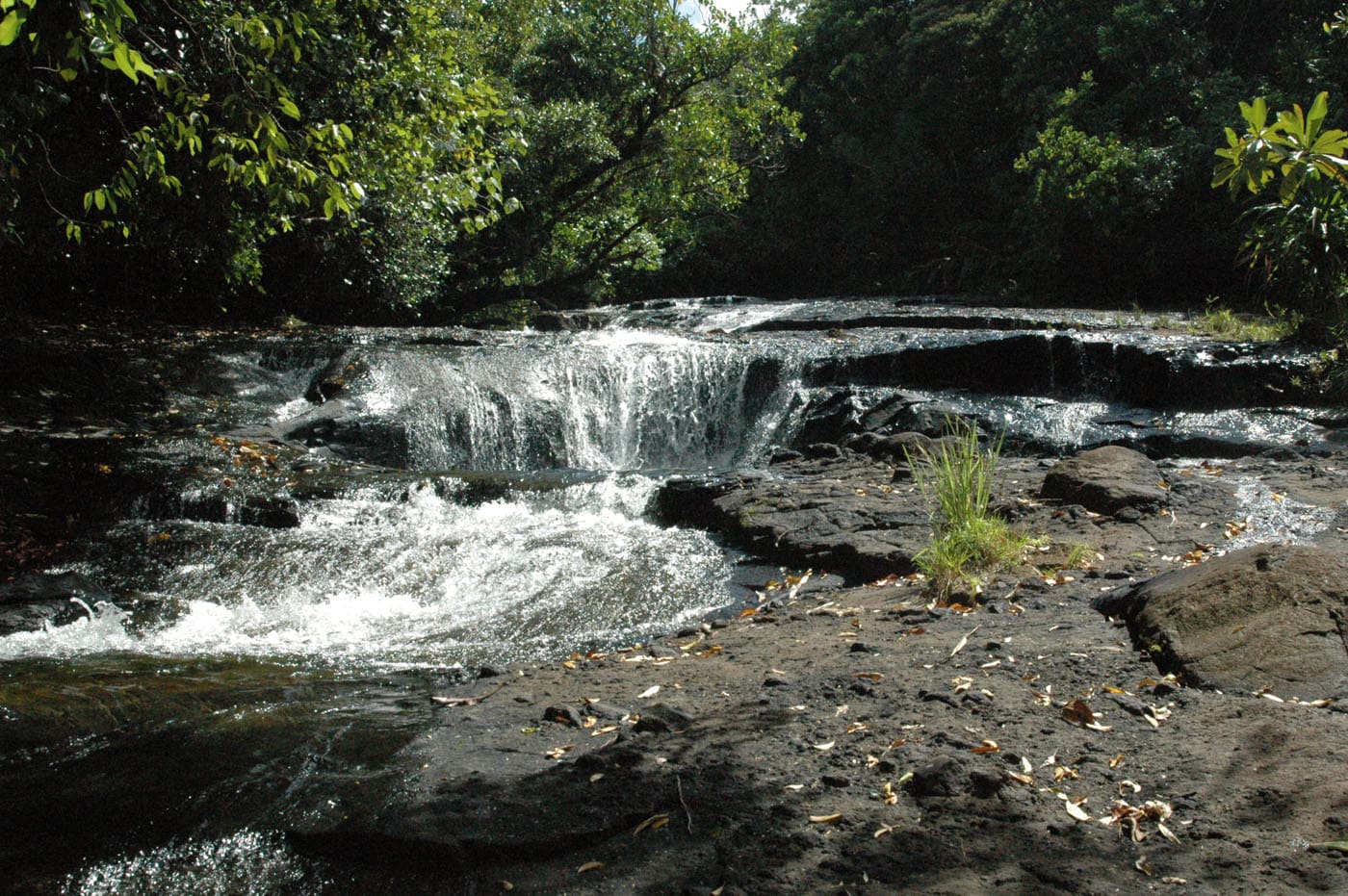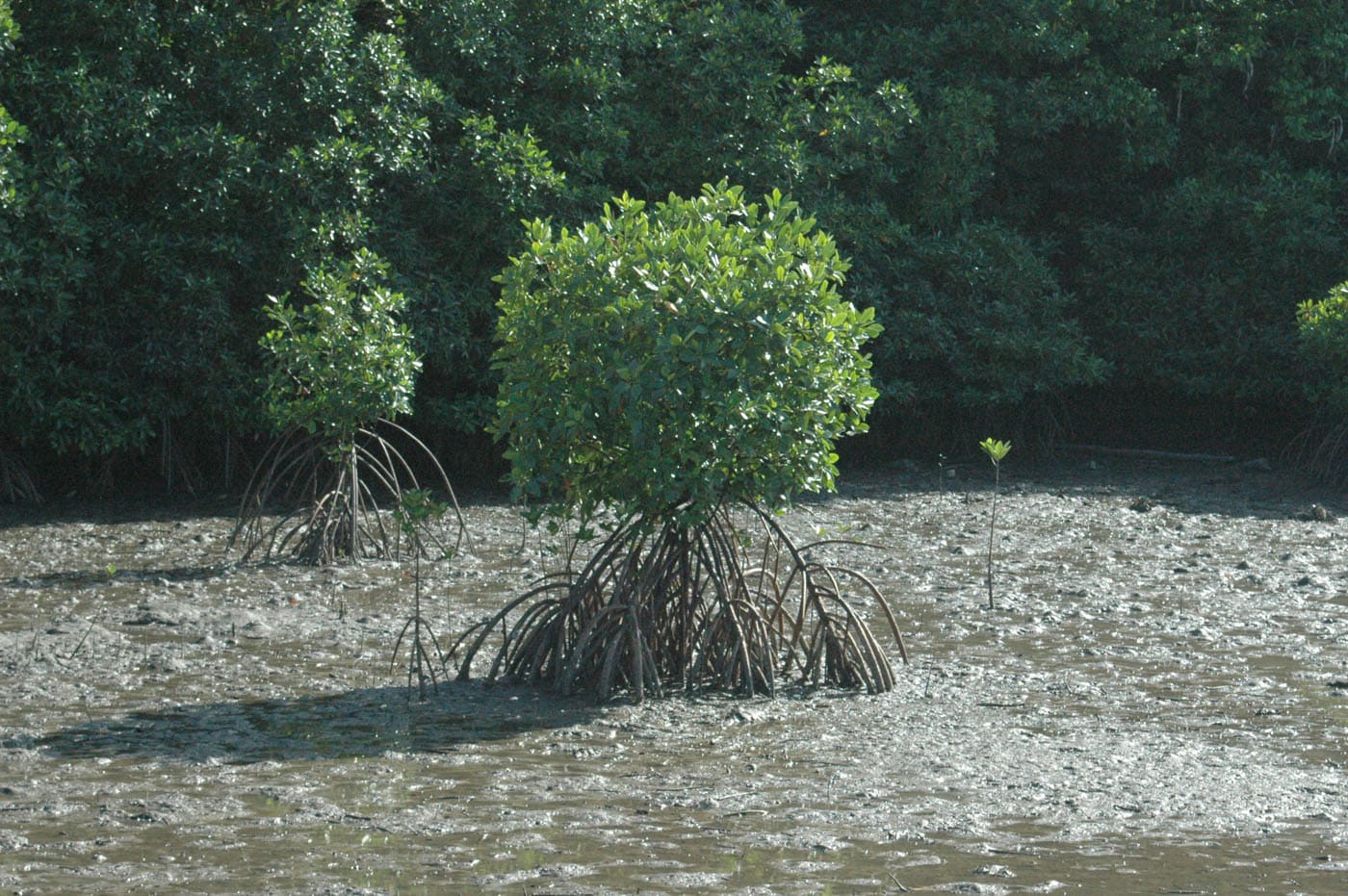Sacred Geographies – Palau
The petroglyphs of Surech
Palau was probably colonised by Austronesian horticulturists between 2500 and 1250 B.C., but little is known about colonisation and early settlement, because tectonic subsidence, a fluctuating sea level and erosional deposits have destroyed or heavily altered most paleoshoreline archaeological sites. The islands of Palau have a rich artistic heritage of weaving, woodworking, performing arts, pottery production, oral narratives, stone statuary, and costume and body art.
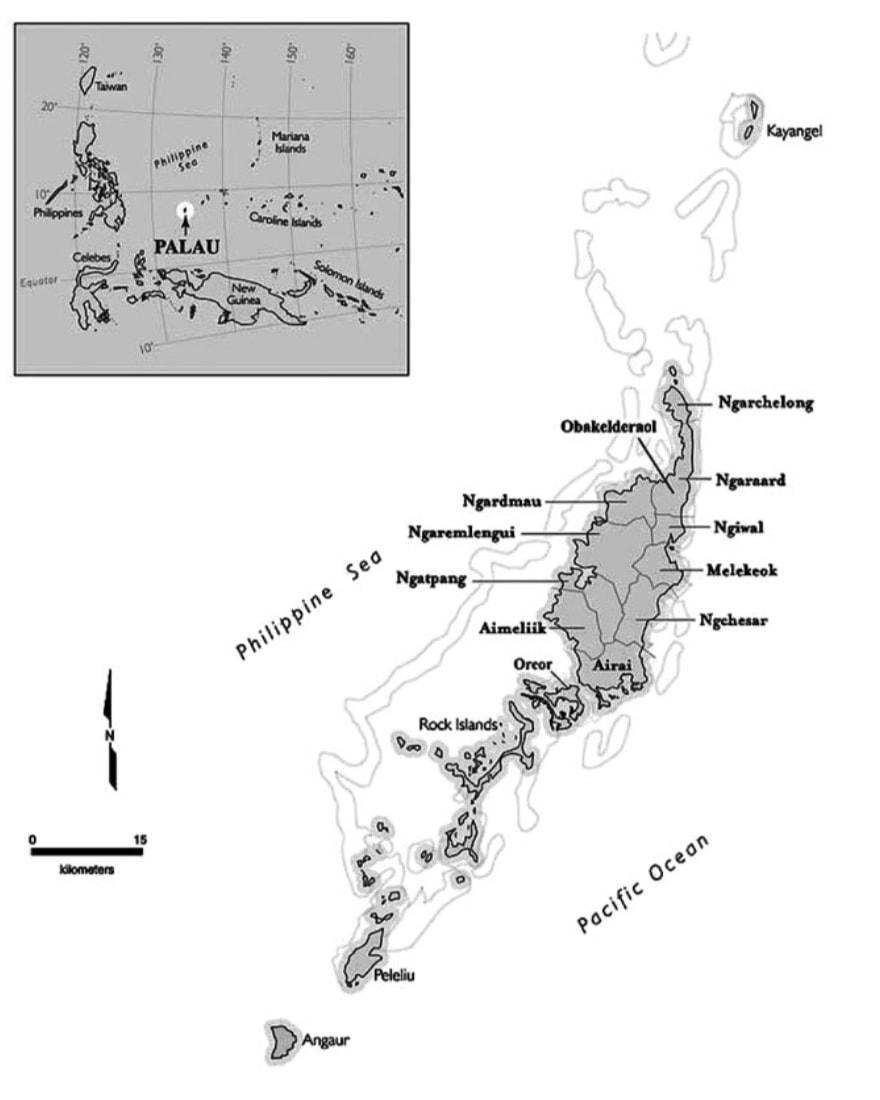
Traveling inside the islands may appear difficult but road access is extensively available.
Monumental architecture in the form of massive earth structures and large expanses of modified terrain emerged between c. 50 BC and AD 250, several centuries before monumental architecture appeared in most other Pacific island societies. Limestone caves served as burial grounds, and the Rock Islands and the adjacent islands of Angaur and Peleliu functioned as bases for short-term resource procurement before being permanently occupied. Earthworks once symbolically defining polity status, became markers of clan and village prestige and rank.
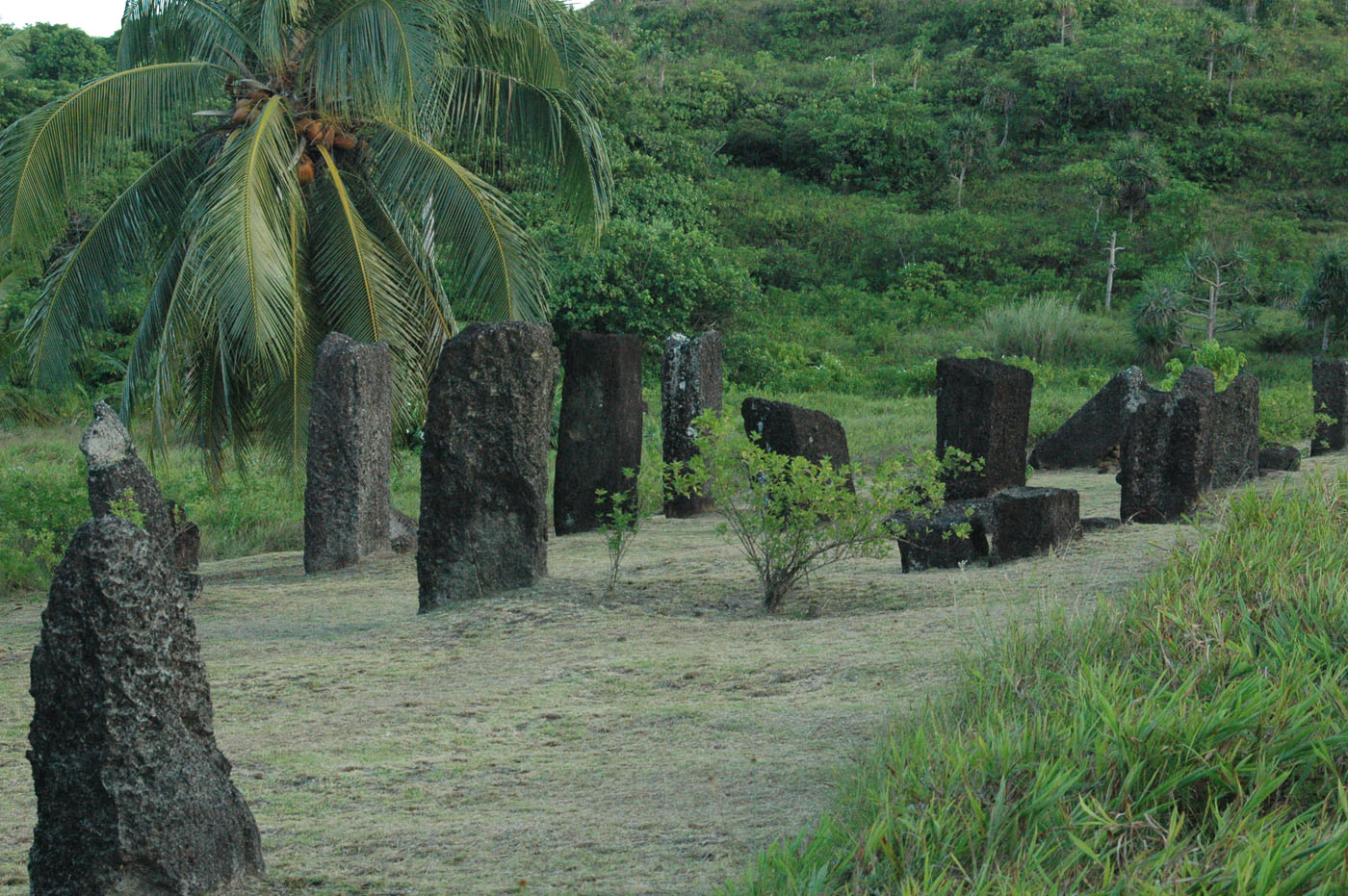
Petroglyphs are ancient pieces of artwork that have been etched into rock walls. Around the world, petroglyphs dating as far back as the Neolithic period have been found and studied. Some of the scenes depicted in these carvings represent maps of the local terrain, religious rituals, hunting scenes, and scenes from everyday life: moreover, petroglyphs demonstrate that humans may have been using icons for many years to communicate and retell events of the local history and traditions.
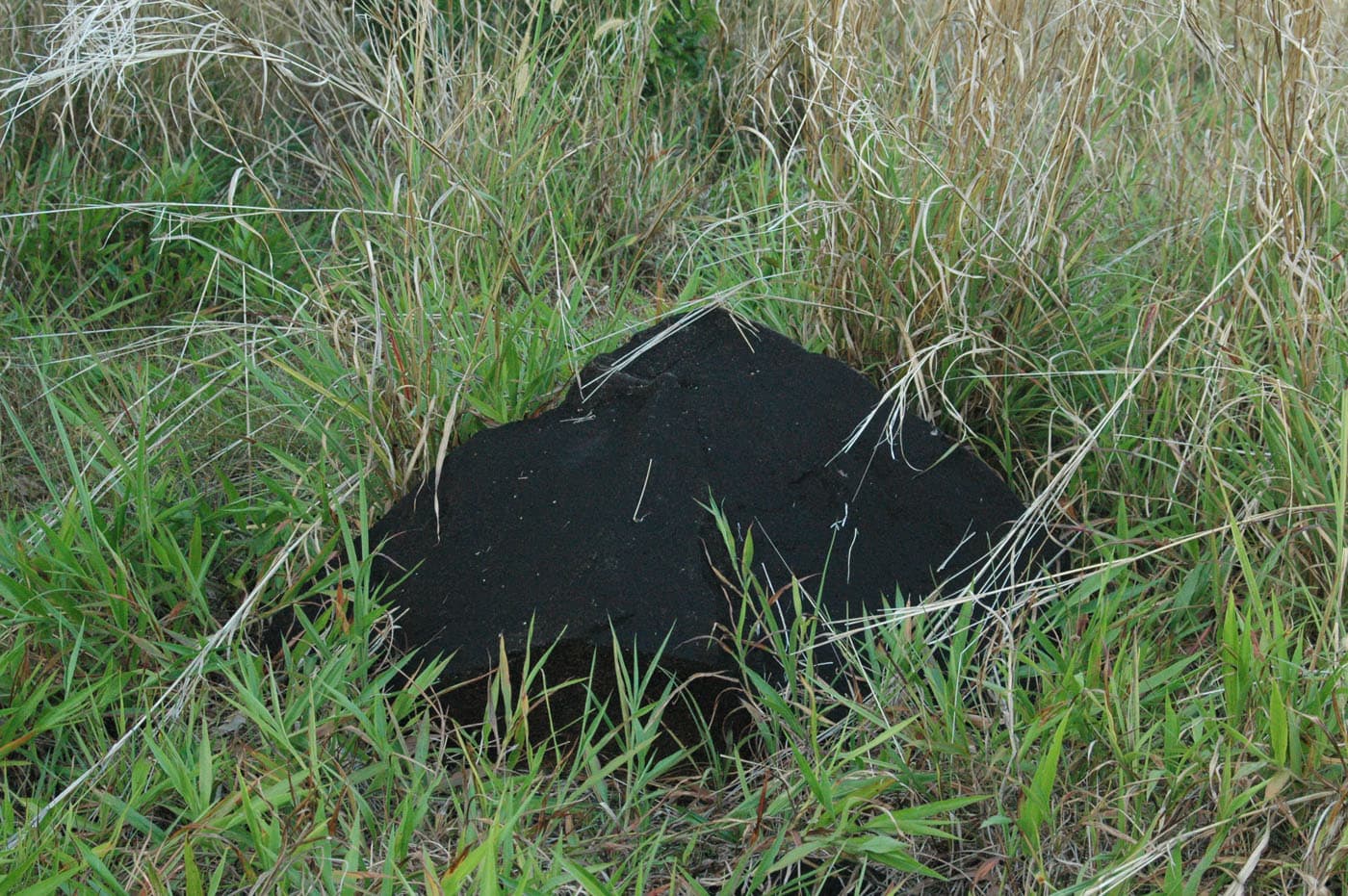
Palau’s first certain petroglyph site was identified on Babeldaob. A boulder marking the burial of the legendary Surech has long been in the corpus of local historical narratives, although its exact location on or around Obakelderaol in Ngaraard’s unoccupied interior had been forgotten.
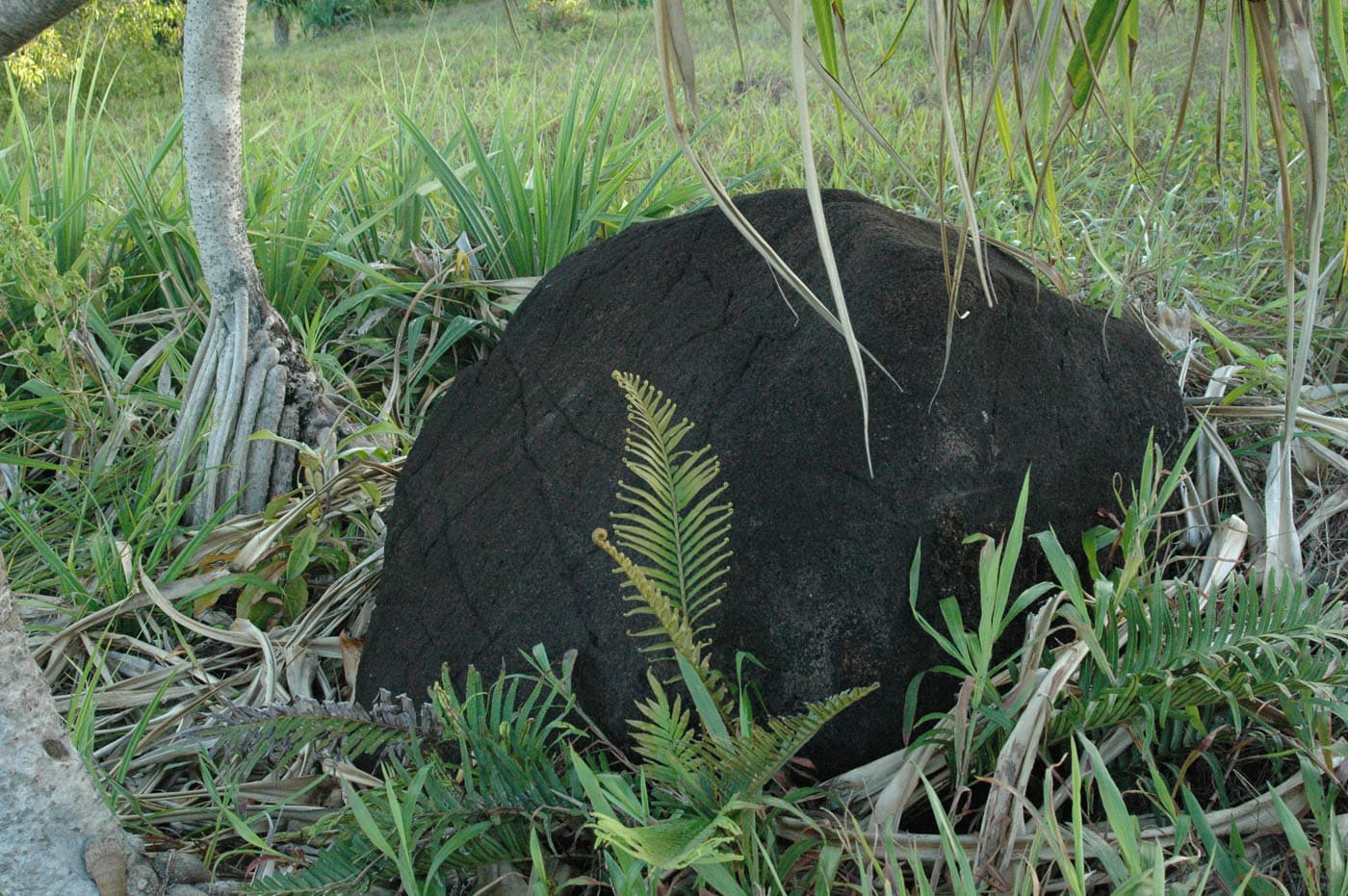
Surech was the most beautiful woman in the area and she and Tullei were lovers. When the high chief of Ngebuked told Tullei he wanted to see Surech, Tullei became afraid that the high chief would take Surech for his wife after seeing her great beauty. To prevent this, he decided to only present Surech’s head to the chief. Tullei and Surech sat at the south end of Obakelderaol and Surech sang as she wove a basket to fit around her head. After it was finished, Tullei cut off her head, put it in the basket, and brought it to the high chief. The head was buried in the high chief’s [stone] platform in Ngebuked and the body at Obakelderaol.
The bai gable is a common architectural feature. Village communities still have bai meeting houses, a few in traditional styles. Today’s government buildings are large air-conditioned cement structures.

The bai’s visual narratives (logukl), incised then painted on the wooden beams and gables of the chiefly meeting hall, provide village identity and are a primary tool in reinforcing traditional values and ensuring continuity as history is passed from generation to generation. However, how far back bai and its picture stories extend into Palau’s cultural sequence is not known. The addition of narrative artwork to the classic men’s house of Melanesia and Micronesia may be an adaptation to outside influences or a way of retaining traditional history in the face of rapid de-population after a period of foreign contact. The lack of oral traditions relating to Palau’s pictographs and their compelling resemblance to eastern Indonesia’s artistic style suggests they were painted potentially very early in the culture sequence. Integral to Palauan aesthetic expression, tattoos held erotic significance, identified rank in the highly structured hierarchical system and expressed wealth. The similarities between the artistic depiction of a women’s pubic area with an inverted triangle in the logukl and the motif’s equation with a high ranking, desirable females implies that the petroglyph’s iconography represents a highly regarded and desirable woman. As were many Palauan women, Surech was likely tattooed and her exceptional beauty, of such renown that Ngaraard’s high chief sought her, probably ensured that her genital region bore elaborate and extensive designs. Hence, Surech could besymbolically represented by the same inverted triangle as that found on the logukl.
Palau’s landscape is dominated by highly weathered tropical soils of volcanic origin. These soils tend to be acidic, high in aluminum, low in nutrients and organic matter, and easily eroded. Only Babeldaob supports a complex watershed with a network of surface streams. All other landforms in Palau sustain a simple radial drainage pattern.
There are approximately 1,260 species and varieties of plants in Palau, of which 830 species are native. There are at least 194 species of endemic vegetation in Palau, the majority of which are located only in Babeldaob. By tradition, Palau’s natural resources were under the protection of the chief of the local municipality. Certain rare or particlarly desirable foods, such as the Micronesian Megapode eggs or the Dugong, were said to be reserved for the chief and his clan only, or for particularly special occasions where the harvesting of the delicacies were sanctioned by the chief. Today, nearly all birds and the Dugong are protected by local, State, and/or national laws.
References.
Liston, J. and Rieth T.M. (N/A). Palau’s Petroglyphs: Archaeology, Oral History, and Iconography
Palau Biodiversity. Retrieved from http://palau.chm-cbd.net/palau-biodiversity
